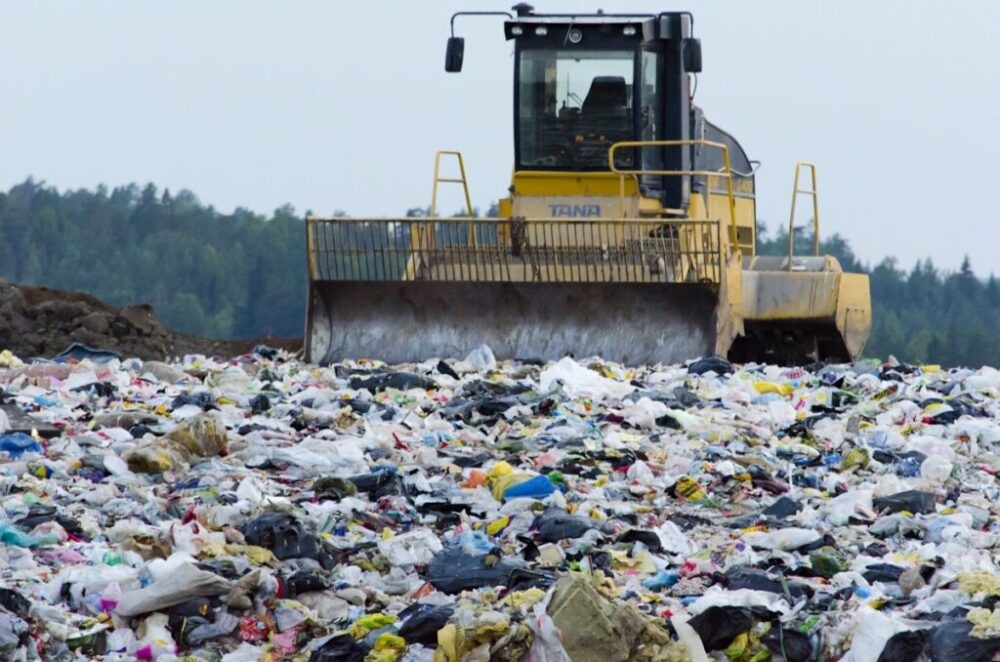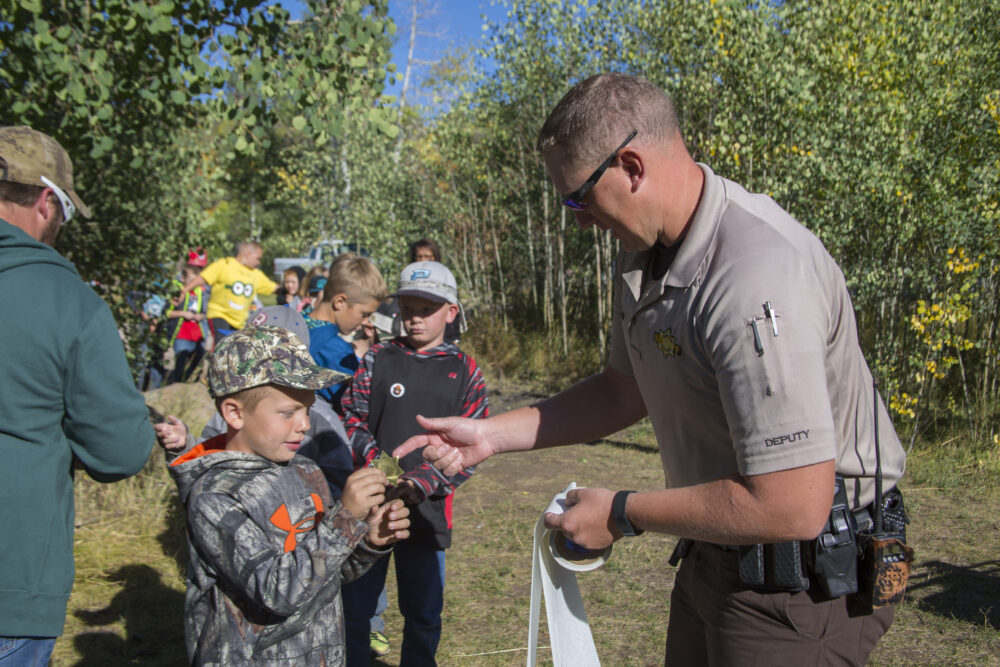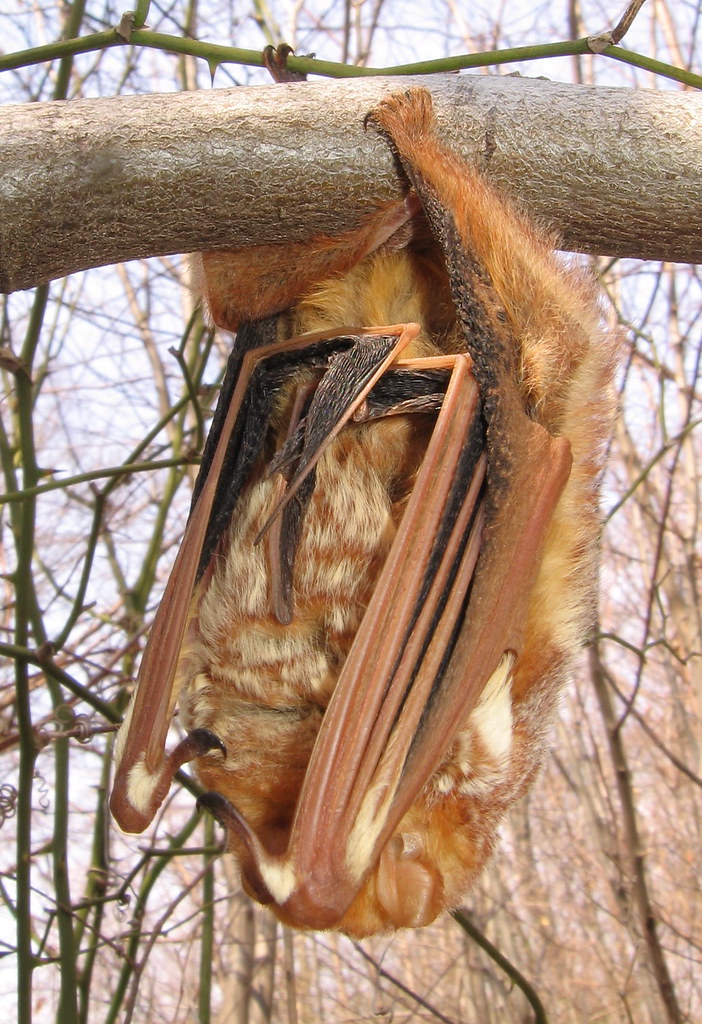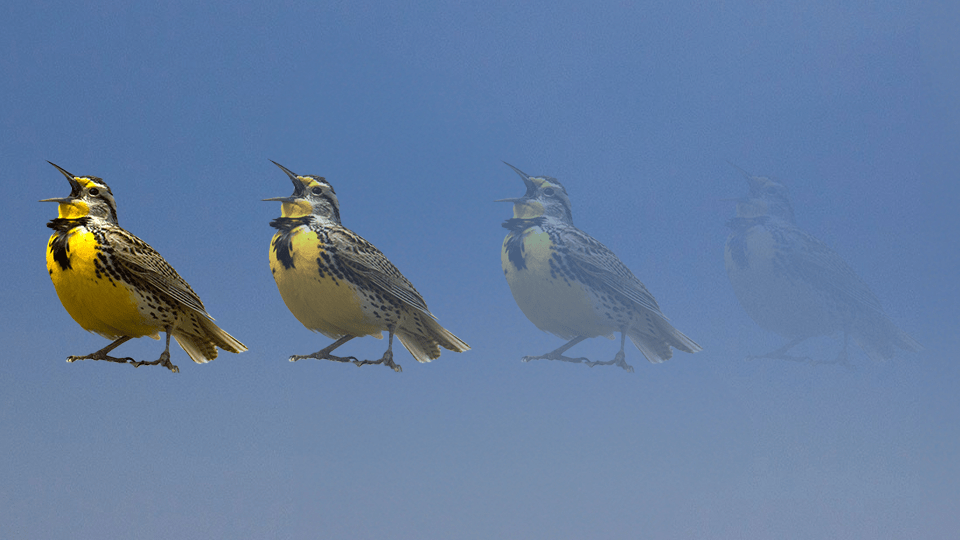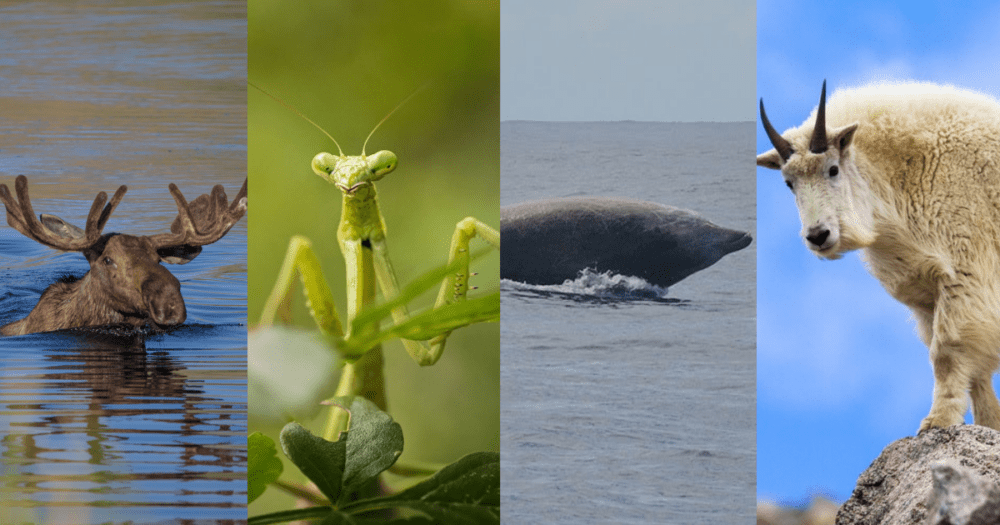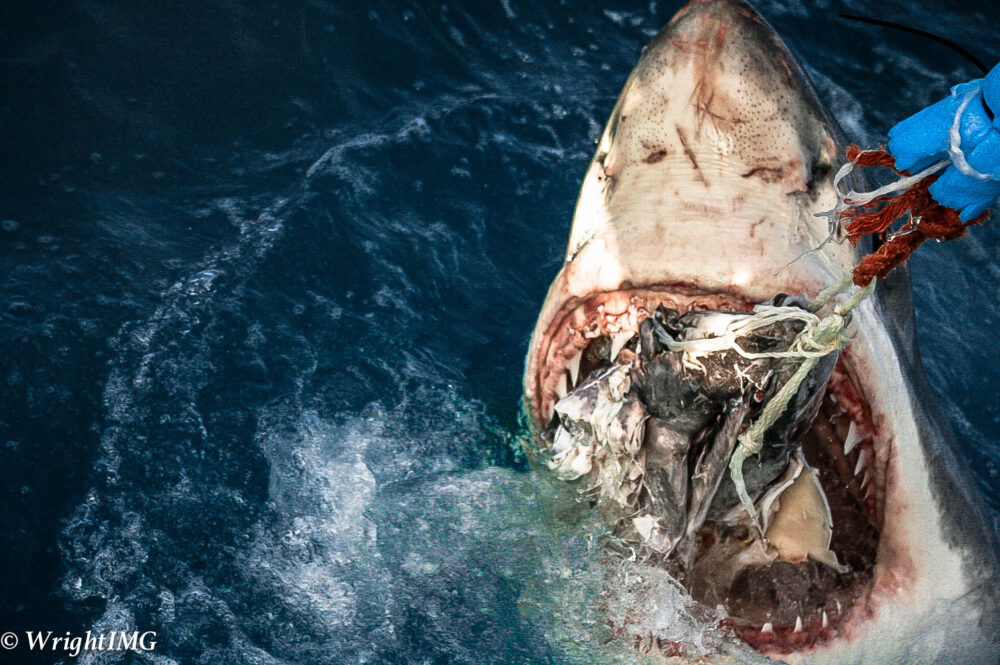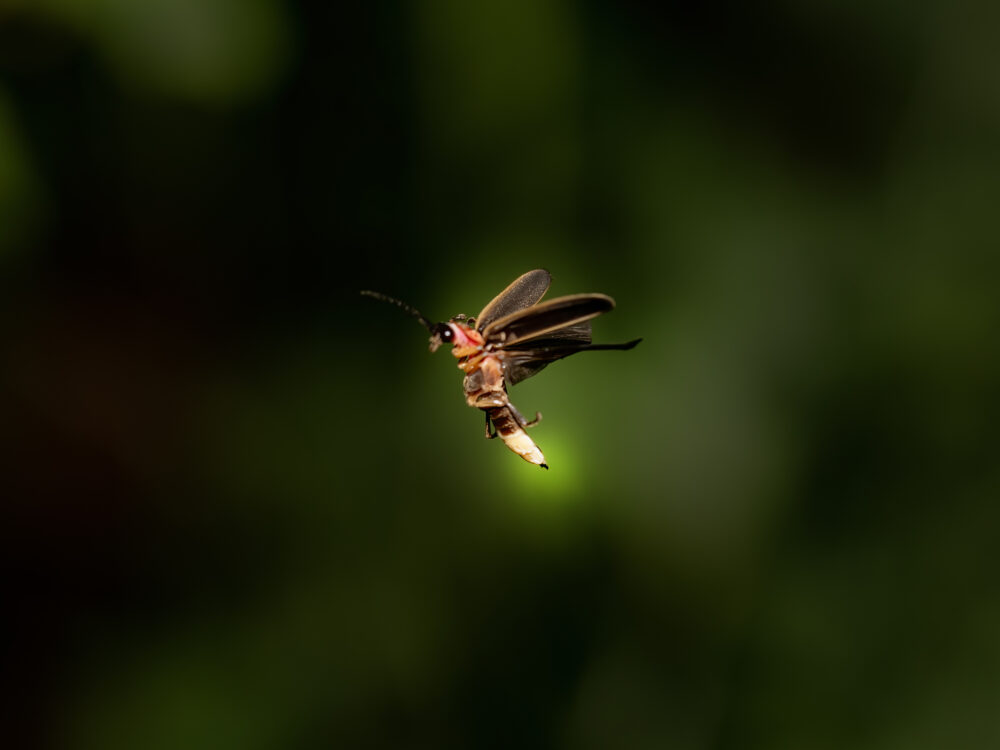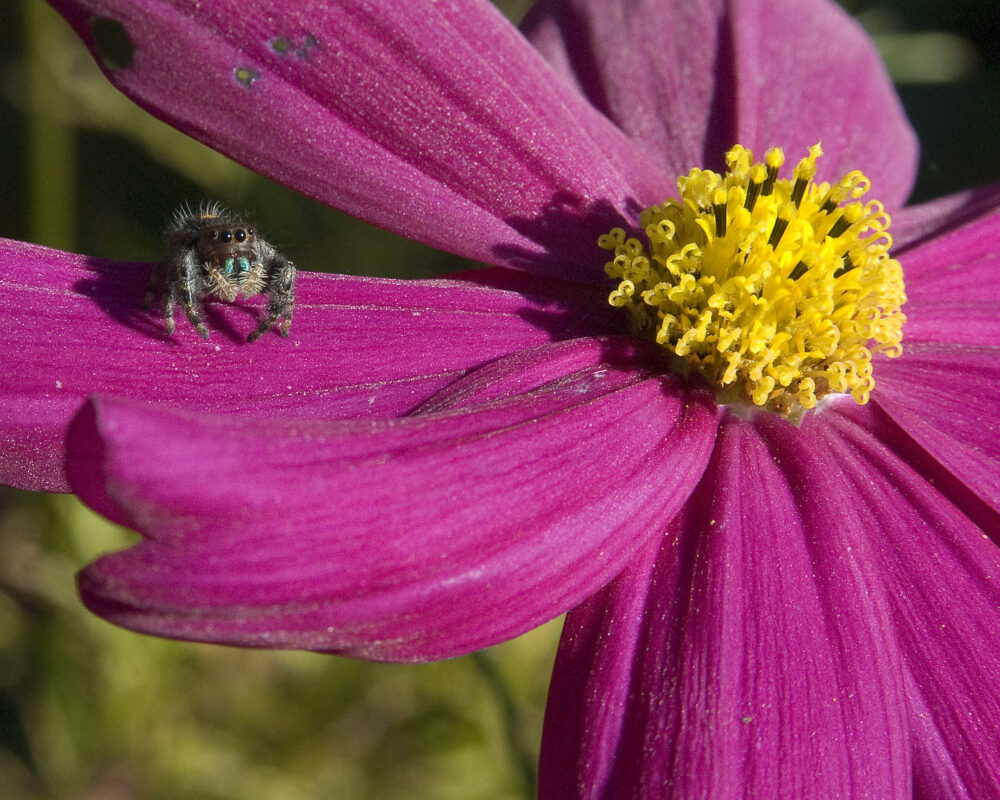We have much more to do and your continued support is needed now more than ever.
Spirit Bear: The Return of An Elusive Icon

To the Gitga’at First Nation and the Kitasoo/Xai’xais of Canada it has been taboo to hunt or even speak the name of the elusive spirit bear, or Kermode, for many generations. Neither albino nor polar bear, the vanilla-colored bear is actually a white version of the North American black bear, found almost exclusively in Canada’s Great Bear Rainforest, one of the largest coastal temperate rain forests in the world.
For more than 15 years conservationists and Canada’s First Nations fought the battle against logging interests to protect spirit bears and the wild stretch of western red cedar, hemlock, and spruce forest that makes up their habitat. The 250 mile stretch of British Columbia’s coast is also home to whales, wolves, sea lions, star fish and salmon, not to mention humans. But now a new threat has arisen and the rare spirit bear has been forced once more out of hiding to emerge as an icon for the mysterious rainforest.
Canadian oil giant Enbridge (sound familiar? Think Michigan…) wants to build the Northern Gateway project, an oil pipeline that would turn the waters of BC into a supertanker expressway from Alberta to Kitimat and then on to Asian markets. The project would transport half a million barrels a day of the dirtiest oil in the world across the rocky mountains and the coast mountain range, over some of the world’s most productive salmon rivers and a coastline of protective coral reefs.
Canada Joins Big Oil?
A recent spread in National Geographic discussed why oil sands, or tar sands, are a danger to the Great Bear Rainforest:
“With the Northern Gateway proposal, the Gitga’at and the rain forest that surrounds them have been caught up in a great geopolitical oil game. The Northern Gateway isn’t just a pipeline. It’s Canada’s bid to become a global player in the petroleum market.”
But who will bear the consequences of Canada’s new status as a petro state? The far reach of Canadian tar sands should be of greater international concern.

The U.S. has begun its own tar sands battle against TransCanada’s Keystone XL pipeline, plans are currently being assessed for environmental and safety impacts by the State Department. This massive pipeline would deliver 900,000 barrels a day of this toxic oil from Alberta to refineries on the Gulf of Mexico. It would not only result in higher gas prices for many Americans, but also endanger America’s agricultural heartland, home to sage grouse, walleye, and aquifers and rivers that supply our drinking water.
NWF senior vice president Jeremy Symons warned:
“Keystone XL will turn the U.S. into the middlemen of world dirty fuels market. We inherit the risks and higher costs while Canadian oil giants reap the rewards. The real answer is homegrown U.S. clean energy that creates jobs and makes us energy independent.”
In response to Enbridge’s offers of partnership and financial incentives, Gitga’at council member Cameron Hill said:

“Buy in? Buy in to what—to selling our way of life? We live off food from the land and sea here. We’ve been taught to respect what we take. That’s sustained us from time immemorial. No amount of money can make us change our position.”
We need to look closely at what extracting oil from the tar sands is doing not just to Canada and the U.S. but to the health of the planet. If we let our addiction to oil dictate our energy policy, spirit bears and other wildlife that flourish in the biologically diverse depths of the Great Bear Rainforest may vanish into the realm of mythology for good.
TAKE ACTION: You can help protect wildlife from tar sands right now.








